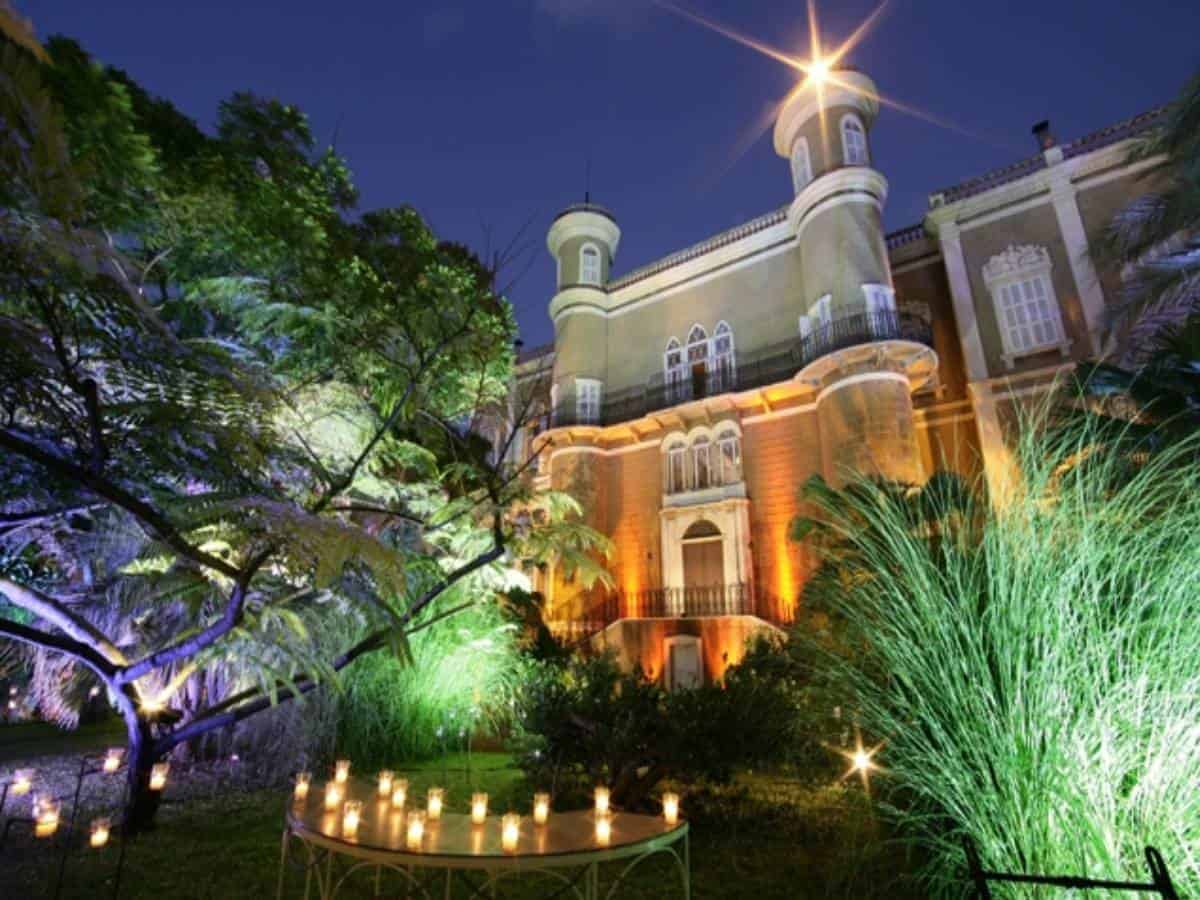Beirut: Swiss Ambassador to Lebanon Marion Weichelt has launched a campaign to restore the Sursock Palace, a 19th century historical landmark, in Beirut which was destroyed in the August 2020 port blasts in the capital city.
“This is the first step towards rehabilitation, which will eventually allow the transformation of Sursock Palace into a cultural centre open to the public,” Xinhua news agency quoted Weichelt as saying during a press conference held at the Palace to launch the initiative.
“This project, in its entirety, will not only revive the collections and heritage held by the Palace, but also help revive the social fabric and spirit of the city,” he added.
Three experts from the University of Applied Sciences and Arts of Southern Switzerland (SUPSI) arrived in Lebanon on September 26 to offer their expertise for the renovation project.
“Through this project, we are proud to highlight Swiss expertise and innovation in the field of conservation, restoration and building bridges between Switzerland and Lebanon in culture and education,” Weichelt said.
Meanwhile, Rodrick Cochrane, owner of the palace, said Sursock Palace has always been a family home distinguished by its size and pleasant gardens since 1870.
“This palace was designated in 1966 as a historical building, and it is not only the legacy of one family but also the legacy of Lebanon,” he said.
Built in 1860 by Moussa Sursock, it was recognised at the time as one of Beirut’s grandest town house and now it is the largest private Palace of that period to survive intact, with its surrounding lush gardens, as a family home.
The Palace sustained heavy damage, as did its many artworks, in the devastating Port of Beirut blasts on August 4, 2020.

